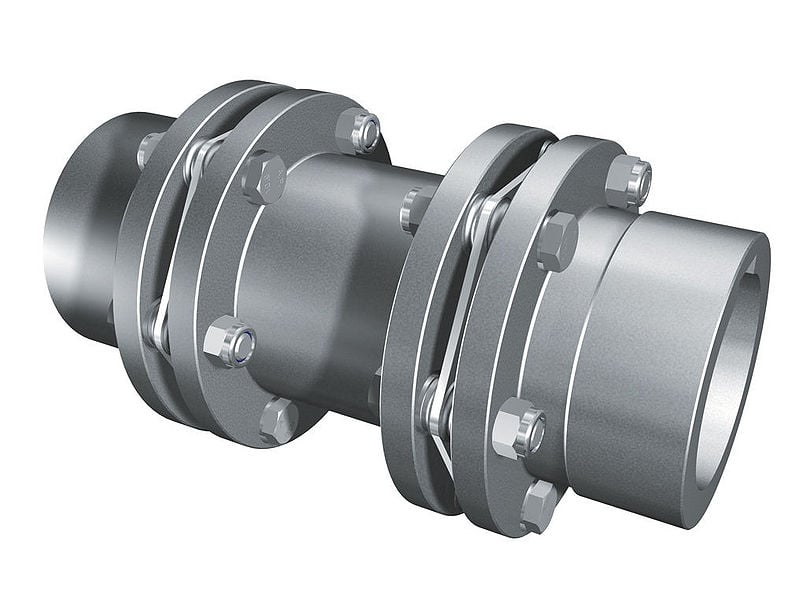6 Common Mistakes In Assembly & Maintenance Of Flexible Couplings

Why is coupling failure so common?
Flexible shaft couplings are simple and relatively inexpensive devices which aren’t difficult to install or maintain, yet many fail prematurely. These failures also happen despite the devices being specially designed to tolerate slight misalignment and to cope with the tough operating conditions including temperature extremes, humidity, loads and so on.
Have a look at six common mistakes in the assembly and maintenance of flexible couplings to see if and where your operation can make positive changes to improve performance and productivity.
Misalignment
Whilst couplings are designed to allow some misalignment and varying degrees of flex, excessive misalignment between joined shafts is one of the most common reasons why they fail. Very often, a mechanic won’t check the alignment before installing a new coupling and simply assumes that if the coupling fits, the shafts must be aligned properly. Sometimes, the mechanic doesn’t even know that alignment is required. One of the tell-tale signs of coupling misalignment is the presence of dust under the part.
Prevention tip: Make alignment a prerequisite prior to coupling installation. Laser alignment tools make the task easy, quick and accurate.
Not following the manufacturer’s installation instructions
All too often, mechanics assemble couplings without referencing the manufacturer’s instructions and this can lead to premature failure. The old saying ‘more haste, less speed’ is especially true when it comes to installing couplings and technicians should be urged to refer to the specific manufacturer’s installation directions, adhere closely to them and not to rush the process.
Incorrect coupling specification
Not all flexible couplings are the same. There are many different types and for optimum power transmission, the right coupling must be selected. Unfortunately, this doesn’t always happen and the result is premature coupling failure.
Prevention tip: Make sure you have the appropriate couplings in your spares inventory and that the maintenance department is aware of the various design specifications of the parts. If your operation is experiencing frequent coupling failure despite the alignment being in order, it’s recommended that engineers document the system conditions at failure so that a more appropriate coupling can be used that’s more suited to the machine’s load, torque, temperature, horsepower etc.
Insufficient lubrication
Always follow the manufacturer’s specifications about lubrication – both the frequency of lubrication and the type of lubricant required. It’s that simple, and failure to adhere to instructions will lead to problems.
Prevention tip: Remember, you may not be able to use the same lubricant for the coupling and the bearings, so always check the instructions carefully.
Poor system maintenance
Without proper maintenance, the efficiency and effectiveness of your system will be compromised. A coupling is just as important as a pump, gearbox, bearing assembly or any other component of precision machinery and must be given the appropriate level of care and maintenance. A regular maintenance schedule should include the following:
- Clean and relubricate gaskets and sealing rings and replace if necessary
- Check alignment
- Remove hard grease
- Ensure shaft size is appropriate
- Replace worn or twisted elastomer
- Check for properly seated keys
- Check and tighten set screws and bolting in the right order and to the torque requirement
Knowledge is power
The more you know about why couplings fail, the less likely you’ll be to experience issues relating to coupling failure in your workplace. The better informed your mechanics and maintenance team are about the importance of the correct specification, assembly and maintenance of couplings, the more reliable your machinery will be – which in turn will lead to better equipment performance, enhanced productivity, less downtime and quite possible, improved profitability.
For a technical equipment partner that is as motivated by finding ways of improving your productivity and profitability as you are, look no further than Nexxis. They are an innovative leader in the Australian industrial landscape providing cost-effective and practical strategies for inspection and testing equipment which result in better financial and operational outcomes. For more information, contact Nexxis today.
